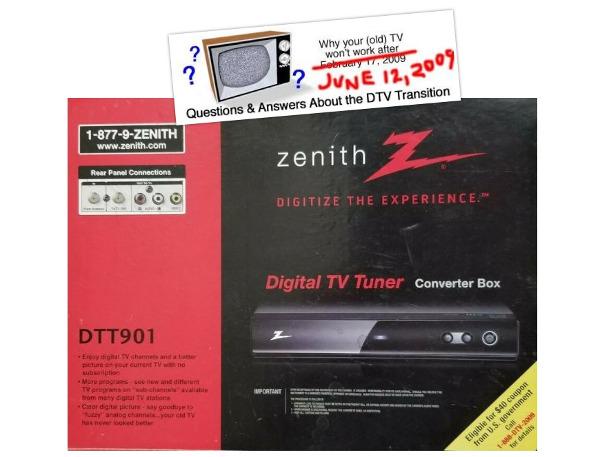10th Anniversary: TV Goes Digital

A year earlier, the government with help from broadcasters launched a massive public service campaign targeting the 15 million households that received TV over the air using an antenna to make sure they were aware they would need a digital converter box to continue watching TV. The boxes typically cost between $50 and $70 but the government offered a $40 coupon to ease the transition — and financial burden it placed on low-income families.
On June 11, 2009, a day before the analog switch was flipped, S&V’s Michael Antonoff wrote nostalgically about the impending changeover:
With apologies to World War II vets, June 12, 2009, should be declared D-Day. Conveniently, it’s the day analog TV broadcasting shuts down, leaving digital signals as the only way for viewers to receive over-the-air channels. Yet digital television (DTV) is but a bit player in the larger scheme of society’s quickening swing to an all-digital world.Read the full story here.No generation is more aware of this change than anadiggies (a.k.a. baby boomers), for whom D-Day represents a sort of crossing over from the analog world of mid-20th Century industrial America, when they were born, into the digital world where they’ll expire — no coupon necessary. For them, D-Day is clearly a dividing line.
The thing about conventional broadcasting — what’s being laid to rest on June 12th — is that its transmission towers began to sprout at the same time that boomers were little sprouts. In fact, analog television’s rise closely tracks the ascent and maturation of 79 million Americans born between 1946 and 1964. Its demise will predate most of us, which is a good thing…
I feel bad that analog broadcasting wasted bandwidth by the barrel, ignoring the fact that the airwaves are a finite resource. I realize that digital TV is so much cooler. It is progress spelled out in 1,080 lines of widescreen resolution versus the approximately 330 lines visible in a conventional box. Thanks to digital compression, broadcasters can transmit not only prettier pictures but extra channels, too. And it’s all done in the same 6 Megahertz of bandwidth occupied by one analog channel.
Meantime, recovered frequencies have been auctioned to wireless carriers. The public treasury can certainly use the money. And some frequencies are being allocated to first responders, the type of workers who would have benefited from more reliable communications before the Twin Towers fell.
Shuttering analog TV broadcasting is years overdue…
Watch this 2008 television news report about the changeover from analog to digital TV broadcasting.
























































